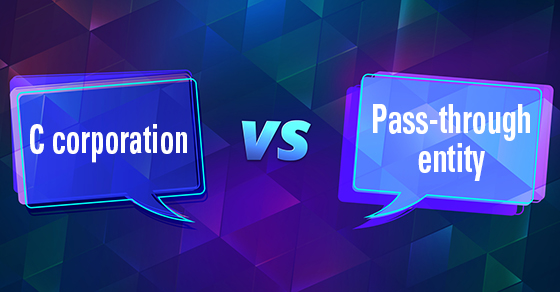
When it comes to tax law changes and estate planning, the substantial increases to the gift and estate tax exemptions under the Tax Cuts and Jobs Act are getting the most attention these days. But a tax law change enacted in 2015 also warrants your attention.
That change generally prohibits the income tax basis of inherited property from exceeding the property’s fair market value (FMV) for estate tax purposes. Why does this matter? It prevents beneficiaries from arguing that the estate undervalued the property, and, therefore, they’re entitled to claim a higher basis for income tax purposes. The higher the basis, the lower the taxable gain on any subsequent sale of the property.
Conflicting incentives
Before the 2015 tax law change, estates and their beneficiaries had conflicting incentives when it came to the valuation of a deceased person’s property. Executors had an incentive to value property as low as possible to minimize estate taxes, while beneficiaries had an incentive to value property as high as possible to minimize capital gains, should they sell the property.
The 2015 law requires consistency between a property’s basis reflected on an estate tax return and the basis used to calculate gain when it’s sold by the person who inherits it. It provides that the basis of property in the hands of a beneficiary may not exceed its value as finally determined for estate tax purposes.
Generally, a property’s value is finally determined when 1) its value is reported on a federal estate tax return and the IRS doesn’t challenge it before the limitations period expires, 2) the IRS determines its value and the executor doesn’t challenge it before the limitations period expires, or 3) its value is determined according to a court order or agreement.
But the basis consistency rule isn’t a factor in all situations. The rule doesn’t apply to property unless its inclusion in the deceased’s estate increases the liability for estate taxes. So, for example, the rule doesn’t apply if the value of the deceased’s estate is less than his or her unused exemption amount.
Watch out for penalties
The 2015 law also requires estates to furnish information about the value of inherited property to the IRS and the person who inherits it. Estates that fail to comply with these reporting requirements are subject to failure-to-file penalties.
Beneficiaries who claim an excessive basis on their income tax returns are subject to accuracy-related penalties on any resulting understatements of tax. Contact us if you’re responsible for administering an estate or if you expect to inherit property from someone whose estate will be liable for estate tax. We can help you comply with the basis consistency rules and avoid penalties.






